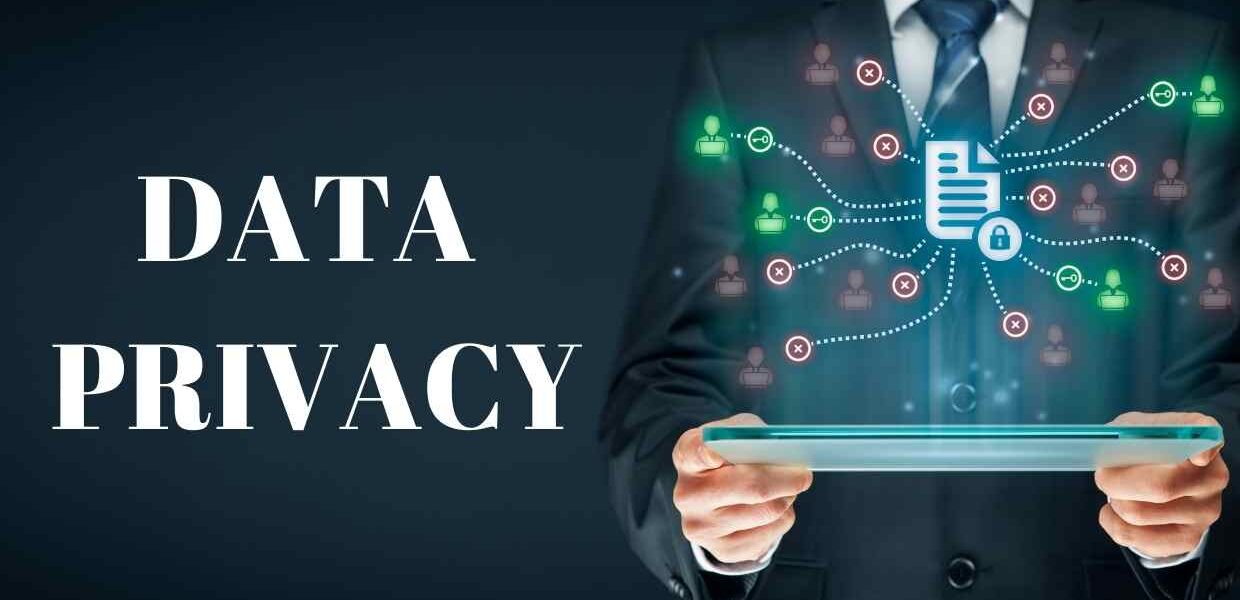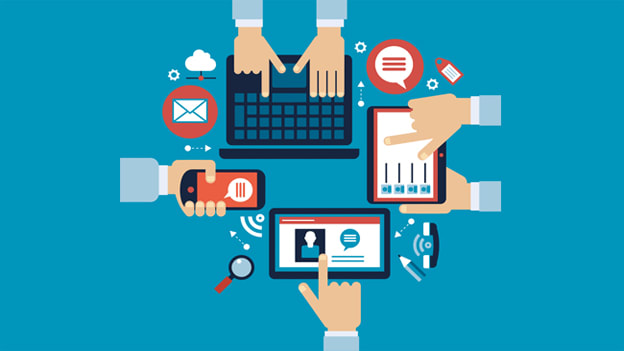Discussing Data Privacy and Protecting Personal Information
Discussing Data privacy and the protection of personal information are not mere buzzwords; they are fundamental rights and responsibilities.

In today's digital age to discussing data privacy, where information flows freely and technology permeates every aspect of our lives, the importance of data privacy and safeguarding personal information has never been more critical.
We live in a world where our data is constantly collected, analyzed, and shared, often without our explicit consent or knowledge.
In this blog post, we will delve into the significance of data privacy, the threats it faces, and the measures we can take to protect our personal information in an increasingly interconnected world.
Discussing Data privacy
Data privacy refers to the right of individuals to control their personal information and how it is collected, used, shared, and stored by organizations, businesses, and governments.
Personal information can encompass a wide range of data, from our names, addresses, and contact details to more sensitive information like financial records, medical history, and even our online behavior and preferences.
The significance of data privacy can be understood through the following key points:
1. Individual Rights and Autonomy
Data privacy is fundamentally about respecting individuals' rights and autonomy. It empowers people to make informed choices about what information they share, with whom, and for what purposes. When these rights are upheld, individuals can maintain a sense of control and agency over their personal data.
2. Trust and Reputation
Maintaining robust data privacy practices fosters trust between individuals, organizations, and governments. When people trust that their data will be handled responsibly, they are more likely to engage with digital services, make online purchases, and share information that can be essential for innovation and progress. On the other hand, data breaches and misuse erode trust and can severely damage an entity's reputation.
3. Protection Against Harm
Personal information can be misused in various ways, including identity theft, financial fraud, cyberbullying, and discriminatory practices. Strong data privacy measures can help protect individuals from these harms, promoting a safer online environment.
4. Legal and Ethical Obligations
Many countries have enacted data protection laws, such as the European Union's General Data Protection Regulation (GDPR) and the California Consumer Privacy Act (CCPA). These regulations impose legal obligations on organizations to respect data privacy and provide individuals with specific rights and remedies in case of violations. Complying with these laws is not just a legal requirement but also an ethical responsibility.
The Threats to Discussing Data privacy
As technology advances, so do the threats to data privacy. Some of the most common challenges include:
1. Data Breaches
Data breaches occur when unauthorized individuals or entities gain access to sensitive information. These breaches can result from cyberattacks, hacking, or even negligent data handling practices. The consequences can be severe, including financial losses and reputational damage.
2. Surveillance
Government and corporate surveillance have become widespread in the digital age. While surveillance can serve legitimate purposes, such as national security, it can also infringe upon individuals' privacy rights when conducted without proper oversight and transparency.
3. Data Monetization
Many organizations collect vast amounts of data on individuals and then monetize it by selling it to advertisers or third parties. This practice often occurs without the explicit consent of the data subjects and can lead to intrusive advertising and the manipulation of consumer behavior.
4. Technological Advancements
Advancements in technologies such as artificial intelligence (AI) and machine learning have made it easier to collect, analyze, and predict individuals' behaviors and preferences. While these technologies have incredible potential for positive applications, they also raise concerns about privacy and surveillance.
Discussing Data Privacy and Protecting Personal Information
Now that we understand the significance of data privacy and the threats it faces, let's explore some practical steps individuals and organizations can take to protect personal information.
For Individuals:
- Use Strong, Unique Passwords: Create strong, unique passwords for your online accounts and use a password manager to keep track of them. Avoid using easily guessable information like birthdays or common words.
- Enable Two-Factor Authentication (2FA): Whenever possible, enable 2FA for your online accounts. This adds an extra layer of security by requiring you to enter a code sent to your phone or email to log in.
- Limit Information Sharing: Be cautious about sharing personal information online, especially on social media. Review your privacy settings and adjust them to limit the visibility of your information.
- Regularly Update Software: Keep your operating system, antivirus software, and applications up to date with the latest security patches and updates.
- Use Virtual Private Networks (VPNs): VPNs can help protect your online privacy by encrypting your internet connection and masking your IP address.
- Educate Yourself: Stay informed about the latest privacy threats and best practices for protecting your data. The more you know, the better you can protect yourself.
For Organizations:
- Data Minimization: Collect only the data that is necessary for your business operations and have clear policies on data retention and deletion.
- Security Measures: Implement robust cybersecurity measures, including firewalls, intrusion detection systems, and regular security audits. Train your employees on cybersecurity best practices.
- Transparency: Be transparent about how you collect, use, and share data. Provide clear privacy policies and obtain explicit consent when necessary.
- Compliance: Ensure compliance with relevant data protection laws and regulations. This includes appointing a data protection officer if required and reporting data breaches promptly.
- Data Encryption: Encrypt sensitive data both in transit and at rest to protect it from unauthorized access.
- Vendor Assessment: Assess the data privacy practices of third-party vendors and partners with whom you share data. Ensure they meet the same standards you uphold.
- Data Privacy by Design: Integrate data privacy into the design and development of your products and services. Consider data protection from the outset rather than as an afterthought.
Only through concerted efforts can we build a safer and more trustworthy digital ecosystem for all.
What's Your Reaction?














